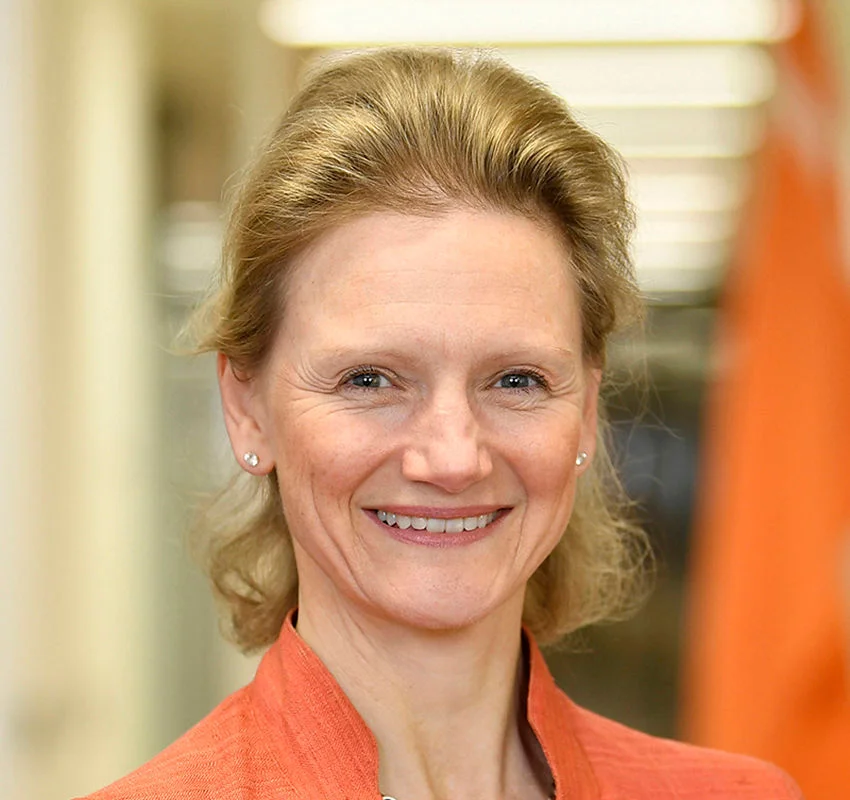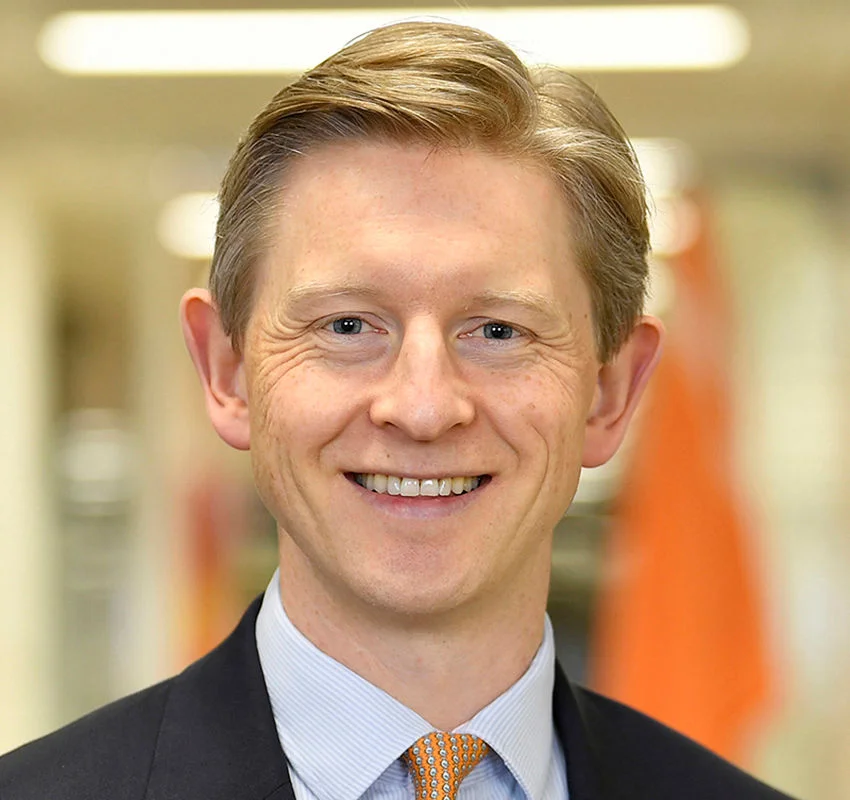Today, August 15, 2025, is the 80th anniversary of V.J. Day. It marks the final unconditional surrender of Japan in 1945. It brought down the curtain on global hostilities which had endured since September 1939 with a death toll estimated to have been as high as 85 million.
What’s mine is mine; what’s yours is negotiable
80 years later, to the day, President Trump is engaging with President Putin in bilateral talks in Alaska. The aim is to seek a viable peace solution to the major state-on-state war in central Europe following Russia’s illegal invasion of Ukraine, a conflict already of three-and-a-half years’ duration and with hundreds of thousands of casualties incurred by both sides. It should be remembered that while ostensibly a war between two neighbours, this particular conflict has drawn in more than a fifth of the world’s countries (which include more than half the world’s population) in some supporting financial, economic, political or military capacity, including North Korea being an active combatant; even if not a “world war” in the same sense that the First and Second were, nevertheless it is one which has accelerated global geostrategic tensions.
We will know soon enough about the outcome of Trump’s endeavours. He himself reckons it will take “about two minutes to work out if there’s a deal to be done”; when asked in a press conference how he would know, his instantaneous patronising put-down to the journalist was an illustration of the imperious Transactional Trump: “because it’s what we do; we do deals”. His foreign policy in a nutshell.
Putin’s starting premise is that possession is nine-tenths of the law: if you want it back, come and get it, or pay for it.
Trump diplomacy: I’ll call you
Ukraine’s President Zelensky has every right to be indignant that he is being deliberately cut out of the initial negotiation which might ultimately see Ukraine partitioned. It smacks of appeasement and the carve-out of the Sudetenland from Czechoslovakia in 1938 cooked up by Hitler, Chamberlain and Daladier with the Czech government frozen out, except in this case not only Kiev but London and Paris are shut out too.
Europe has less to complain about: Trump wants the EU and the UK to take responsibility for Ukraine financially and militarily, which logically ought to see Europe with a seat at the table; on the other hand, Trump’s long-standing antipathy towards the EU (“it’s designed to screw us”) has not been erased despite the recent trade deal, and the decision by a number of EU capitals (and Keir Starmer in London) to recognise Palestine as a state will have convinced Trump that he and the EU are on very different pages when it comes to foreign policy (of Macron, “nice guy; always gets it wrong”); therefore keep it simple, keep them out of the way, tell them after.
For his own part, Zelensky is working hard. He is under pressure on the battlefield defending against new Russian offensives, and domestically there have been civil protests about corruption and challenging whether under martial law, he too is becoming a dictator. Abroad, he is having to defend and define his national interests against a US president whose attitude towards both Zelensky and Ukraine is flaky and inconsistent. Trump’s ill-concealed put-up-pay-up-shut-up attitude will still be ringing in his ears and even this week, Trump was banging on again that this is a “war that should never have happened”, implying the fault lies with the Ukrainians (when it was the duty of the Russians not to have started it and the legal obligation of the US and the UK to have prevented it). Instinctively, he knows Trump is more enamoured of Putin than sympathetic to Zelensky. He has the support of most EU leaders but certainly not all, including Hungary’s Viktor Orban and Slovakia’s Robert Fico. But while he has a new-found friend in Germany’s new Chancellor Merz, Zelensky will be alive to just how unpopular support for Ukraine is in Germany, something that through Merz’s enthusiastic backing since the election in February has already seen a significant weakening in support for the coalition-leading CDU, and a big surge for the far-right AfD. He also knows full well that however much President Macron is now publicly supportive, that is not a popular view in the French parliament. Also, that both before and after the invasion in 2022, Macron was unilaterally negotiating a peace deal with Putin which in essence revived the moribund Minsk Agreements of 2014/15 designed to end the civil war in the Donbas but which in all but name would have also partitioned Ukraine.
His strongest card is that while NATO members slowly get their act together on defence, it is Ukraine which is buying them time; it might be their treasure but it’s his countrymen’s blood.
Art of the deal: the stakes could not be higher
But in the detail of what is a combination of games of Risk and Monopoly on the same board while playing poker simultaneously to determine the next move, what nobody should lose sight of is what is at stake: simply, it is the future of the international rules-based order.
However pragmatic it is to say “we are where we are, we need to move on” regarding Ukraine, anything that leaves Ukraine’s position diminished against where it was in 2014, before Russia’s annexation of the Crimea, will be a defeat for the established world order. Such values were first enshrined by Churchill and Roosevelt in the 1941 Atlantic Charter followed by the subsequent treaties endorsed by Russia and China which became the founding principles of freedom, sovereignty and self-determination underpinning the United Nations. It will be an even greater failure if Russia not only receives no penalty (e.g. paying reparations and the cost of rebuilding Ukraine), but under a Trump deal succeeds in extracting either territorial or economic gains as spoils of war. Joe Biden cast the conflict as the struggle between good and evil. In that light, anything less than the full restoration of Ukrainian sovereignty will see evil prevailing. It will be a major blow to NATO, but it will represent complete failure of the UN.
As for Ukrainian security guarantees, with Europe’s lack of preparedness in defence resources, anything without the US as a backstop is worthless. As it was, Ukraine had a hatful of security and sovereignty guarantees and assurances from Russia, the US and the UK dating back to 1994 and the notorious Budapest Memorandum. Its effectiveness when persistently put to the test in Crimea, the Donbas and in 2022 and full invasion, was rather less than that of a chocolate fireguard: useless.
The ramifications are potentially significant. Even with many lessons to learn about how to conduct lightning offensives and with much military resource to be replaced, Putin will only feel empowered and emboldened to pursue the remainder of his strategy to expand the Russian sphere of influence, or at the very least to create that politically and militarily sterile buffer zone separating the EU and NATO from Russia, extending from the North Cape to the Black Sea. China too, with its immense military build-up may likewise feel that the risks are in its favour recovering Taiwan, by force if necessary. It also has its publicly stated strategic aim by 2049 to see China as the apex nation globally. In the mind of General Secretary Xi Jinping all roads will lead to Beijing, global fealty will be to the supremacy of the Chinese Communist Party.
“Is Trump a danger to world peace?”
Recently the author was asked whether Trump is a threat to world peace. The response was that given so much is about Trump himself being the centre of attention, he is a destabilising influence. That he is mercurial, unpredictable and divisive only adds to instability. Even while being genuine about seeking peaceful outcomes to conflicts, he invariably complicates and conflates matters by insisting America emerges with advantages (e.g. his obvious intent that bartering a deal with Putin includes plundering Ukraine and joint exploitation of natural resources in the Arctic focused on the rare earth minerals, ores and elements crucial to the tech industry and carbon net-zero). Those advantages can be confused with his personal business interests, for example his plan to develop the “Gaza Riviera” with its extensive leisure facilities as a product of a peace solution in Israel.
Where Trump and his MAGA credo do pose a threat to world peace (rather than merely adding to its instability) is the explicit intent to see America as the “the most dynamic, the most dominant civilisation the world has ever seen” as Trump proclaimed in his February address to Congress. Pitted against the strategic ambitions of China and Russia, who are formal allies (see Merlin Macro May 9) and who see almost every western foreign policy initiative as a deliberate provocation, we are in a new era of geopolitical arms-racing. For Canada and the European members of NATO, the outcome of the peace negotiations is as acute to their own security as it is to the future of Ukraine: militarily, they are at risk for at least the next five years, more likely ten, until their defence capabilities are restored to somewhere near the appropriate strength.
Markets: “it’ll all be all right on the night”
Markets are supremely relaxed. Everything we have discussed above is interesting contextually but of little interest directly: the prevailing sentiment is that nothing-is-a-problem-until-it-is.
This week has seen major equity indices including the S&P500 in the US, the Nikkei225 in Japan, the UK FTSE100 and the German DAX all reaching or testing new all-time highs. Investors are relieved that Trump has concluded trade deals with America’s principal counterparties and that tariff negotiations with China have been extended by yet another 90 days (i.e. to early November). That the agreed/imposed tariffs are multiples of what was in place beforehand is seen merely a transitory problem. This also despite China potentially being the target of US sanctions if it continues to fund Putin’s war machine (markets are assuming that when it comes to China, TACO will prevail: “Trump Always Chickens Out”—an acronym that makes him really angry, suggesting there is a kernel of truth). Nevertheless, investors remain fully preoccupied with interest rates and when the US Federal Reserve blinks next, confident it will be in September as the US economy shows signs of cooling.
Reflected in a steeper bottom-left-to-top-right yield curve, fixed income investors have greater concerns about the longer-term financial risks associated with debts and deficits, but for equities, it’s all blue skies and sunny days.
For all that, it is just worth bearing in mind that when share prices and their fundamentals begin to part company and valuations become stretched, the bigger the premium, the further prices are likely to fall before stabilising. That is not a predictor they will fall; it is merely to highlight what happens when they do. Valuation is a judgement not an absolute. There is no magic number that says that above a price/earnings ratio of X, company Y’s shares are expensive and below they are cheap. Your own evaluation is what you are prepared to pay for the estimated risk reflected in the shares that discounts the company’s financial prospects back to the current share price; those prospects have many moving parts relating to economic conditions and the company’s sensitivity to them, its financial strength, the competitive landscape in which it operates and whether it is positioned to succeed, an appreciation of management etc. It is an art not a science. A bit like Trump and his negotiating.
The Jupiter Merlin Portfolios are long-term investments; they are certainly not immune from market volatility, but they are expected to be less volatile over time, commensurate with the risk tolerance of each. With liquidity uppermost in our mind, we seek to invest in funds run by experienced managers with a blend of styles but who share our core philosophy of trying to capture good performance in buoyant markets while minimising as far as possible the risk of losses in more challenging conditions.
The value of active minds: independent thinking
A key feature of Jupiter’s investment approach is that we eschew the adoption of a house view, instead preferring to allow our specialist fund managers to formulate their own opinions on their asset class. As a result, it should be noted that any views expressed – including on matters relating to environmental, social and governance considerations – are those of the author(s), and may differ from views held by other Jupiter investment professionals.
Fund specific risks
The NURS Key Investor Information Document, Supplementary Information Document and Scheme Particulars are available from Jupiter on request. The Jupiter Merlin Conservative Portfolio can invest more than 35% of its value in securities issued or guaranteed by an EEA state. The Jupiter Merlin Income, Jupiter Merlin Balanced and Jupiter Merlin Conservative Portfolios’ expenses are charged to capital, which can reduce the potential for capital growth.
Important information
This document is for informational purposes only and is not investment advice. We recommend you discuss any investment decisions with a financial adviser, particularly if you are unsure whether an investment is suitable. Jupiter is unable to provide investment advice. Past performance is no guide to the future. Market and exchange rate movements can cause the value of an investment to fall as well as rise, and you may get back less than originally invested. The views expressed are those of the authors at the time of writing are not necessarily those of Jupiter as a whole and may be subject to change. This is particularly true during periods of rapidly changing market circumstances. For definitions please see the glossary at jupiteram.com. Every effort is made to ensure the accuracy of any information provided but no assurances or warranties are given. Company examples are for illustrative purposes only and not a recommendation to buy or sell. Jupiter Unit Trust Managers Limited (JUTM) and Jupiter Asset Management Limited (JAM), registered address: The Zig Zag Building, 70 Victoria Street, London, SW1E 6SQ are authorised and regulated by the Financial Conduct Authority. No part of this document may be reproduced in any manner without the prior permission of JUTM or JAM.









